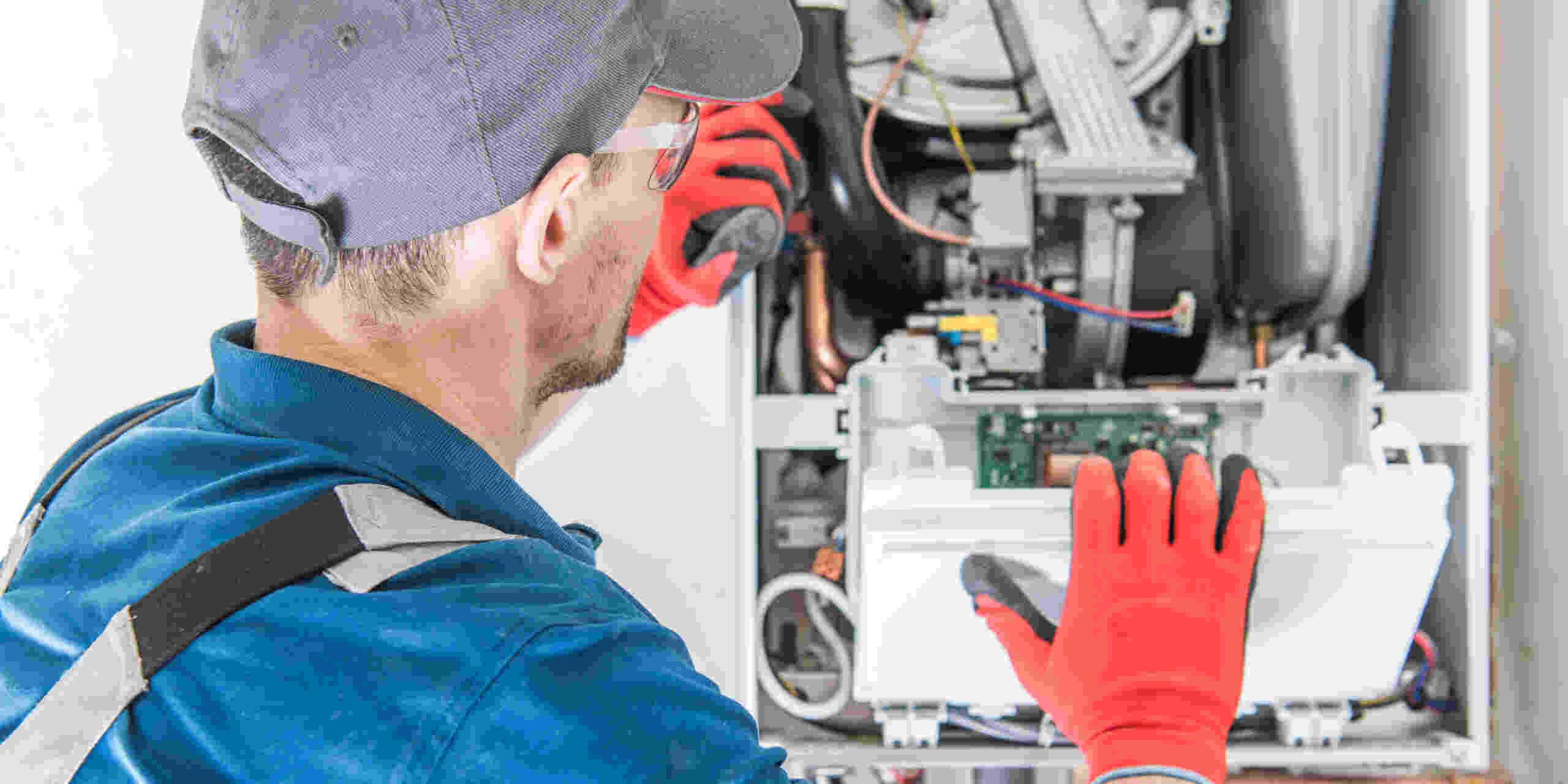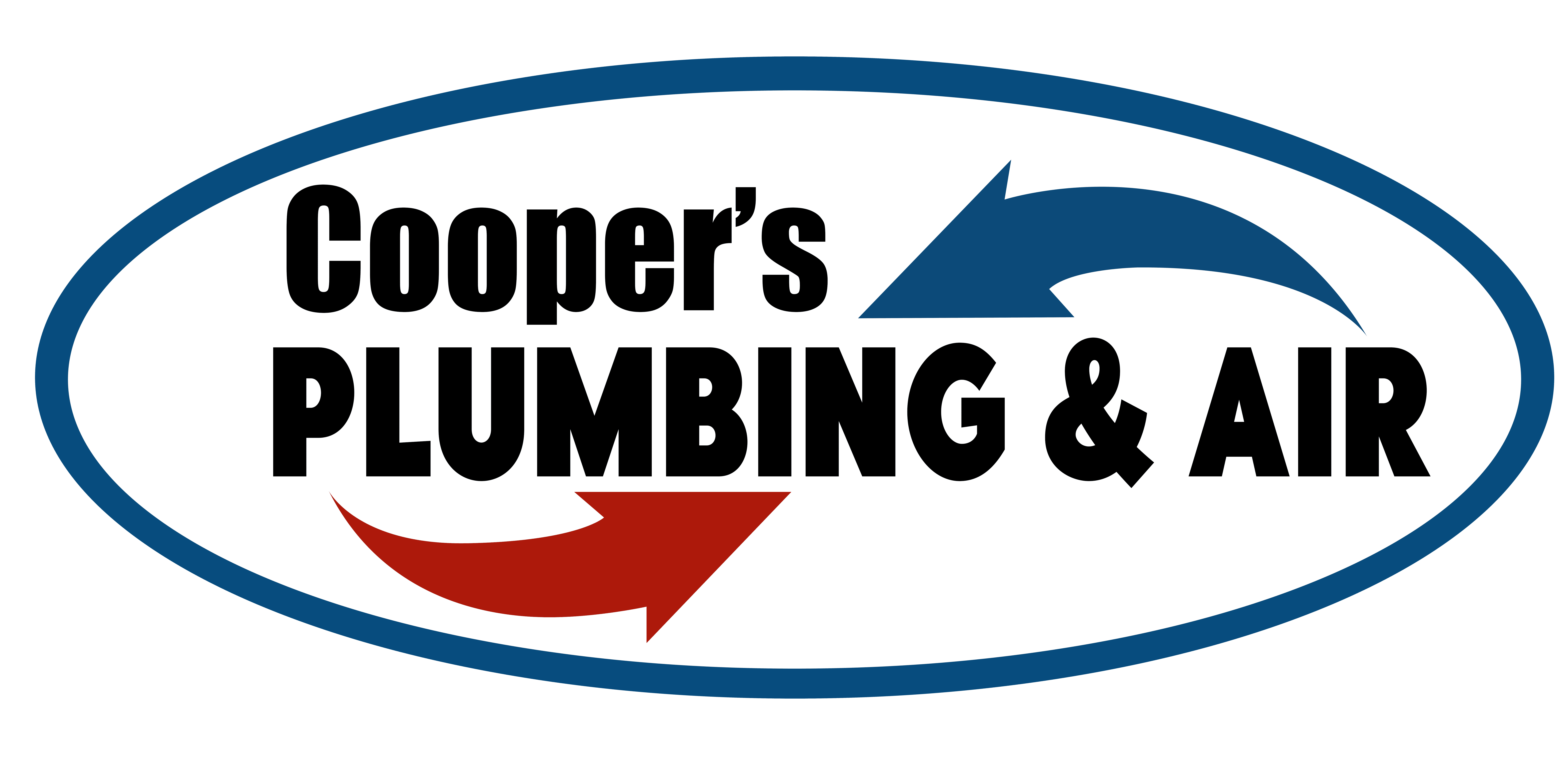
Does your central heating system turn on but lack airflow? It’s possible that the HVAC blower motor may be to blame. If your main goal is increasing furnace airflow, you might be wondering, “Can I put a bigger blower motor in my furnace?”
Reach out to Cooper’s Plumbing & Air, the leading heating and air company in Tallahassee, FL, to discuss any specific HVAC system modifications you want to make. Get a general idea of whether you can change the blower motor’s size in the guide below.
Signs You Need a Furnace Blower Motor Replacement
You need a working blower motor to have a reliable furnace and central air conditioning system. This critical component pushes return air from the HVAC filter and plays a key part in distributing heat and cool air throughout your home. When it malfunctions, you’ll likely experience the following issues.
No Airflow
Since the motor blower is essential for distributing heat throughout your home, you’ll likely notice warm air isn’t flowing through your vents despite the furnace being on. Change your HVAC filter to ensure that air is able to pass through it and confirm if the motor blower is to blame. Contact a professional furnace technician if the problem persists.
Strange Noises
Pay attention to any whirring noises that your furnace makes. Unusual sounds often indicate some type of mechanical issue in your HVAC system. Let an expert inspect the furnace to determine if replacing the blower motor is necessary.
Repairing vs. Replacing an HVAC Blower Motor
Can I put a bigger blower motor in my furnace so it will perform better? While upgrading blower motor sizes is possible, you might not need to install a replacement motor at all. Sometimes a simple repair is all you need to get your furnace fully functional again.
The blower motor connects to your electrical system to receive power. If the issue lies in your electrical connection, a technician will need to restore power instead of replacing the part. Other possible repairs that will get your furnace running again include:
- Cleaning the cage that houses the blower motor
- Removing dust and dirt buildup from the fan blades
- Lubricating the motor
If none of these measures resolve the problem, you’ll likely need to replace the part. Technicians only recommend this if the rest of your furnace is in good working condition. If not, it makes more sense to replace the entire system.
Factors That Influence Blower Motor Replacement
Most homeowners don’t know much about their HVAC blower motors. Replacing this part involves the careful consideration of various factors, which a technician can explain in detail. Below are some of the key aspects that you’ll discuss with an expert.
Motor Size
Are you wondering, “Can I put a bigger blower motor in my furnace?” As long as your HVAC system can accommodate motors with a larger diameter, it’s possible to upgrade to a bigger motor. When technicians refer to the motor’s size, the physical diameter is secondary to its horsepower.
Most residential heating systems use blower motors in the following sizes:
- 1/4 horsepower
- 1/3 horsepower
- 1/2 horsepower
If you currently have a motor with 1/2 horsepower capabilities, your technician might not recommend upgrading to a larger size. Bigger blower motors cost more and may not be ideal for your heating system, especially if you rarely use your furnace.
Ask an expert, “When can I put a bigger blower motor in my furnace?” and they’ll tell you that every situation is different. You’ll need to consult with a licensed technician for more information about blower motor compatibility regarding your HVAC system.
Motor Type
HVAC blower motors come in two distinct styles: single-speed and permanent split capacitors. If your main focus surrounds enhancing furnace performance and efficiency, this factor is more influential than the motor size.
The aptly-named single-speed motor only runs at one speed setting. It costs less upfront than the alternative but isn’t as energy efficient in the long run. Every time you operate your furnace or central cooling system, the blower motor will distribute air at the same speed.
A permanent split capacitor has multiple speeds so you can make your home more efficient. The furnace won’t run on full blast so you can save more in energy costs. Keep in mind that because this option is more energy-efficient, it is more expensive to install.
How To Care for Your New Blower Motor
Aside from, “Can I put a bigger blower motor in my furnace?” one of the most common questions homeowners have for HVAC experts is, “How can I prevent motor blower issues?” The best way to safeguard your HVAC equipment is to schedule regular maintenance appointments.
Technicians will inspect all parts of your HVAC system and perform preventative maintenance, including:
- Cleaning internal components
- Checking electrical connections
- Lubricating moving parts
Since your blower motor serves your heating and cooling system, it’s wise to schedule maintenance for your furnace and air conditioner. In addition, you should routinely change your HVAC air filter to prevent airflow issues that put extra strain on your blower motor.
Frequently Asked Questions
How Much Does a New Motor Blower Cost?
A replacement motor blower can range from a few hundred dollars to several thousand dollars. The total cost depends on labor, the size, and the warranty on the part.
Why Do Blower Motors Fail?
Blower motors fail due to lack of maintenance and regular wear and tear.
How Long Do HVAC Blower Motors Last?
Blower motors can last between 10 and 20 years with proper maintenance.
Get Heating Solutions From Cooper’s Plumbing & Air
Have you noticed your furnace is blowing cold air? Have you been wondering, “Can I put a bigger blower motor in my furnace?” The HVAC specialists at Cooper’s Plumbing & Air have the answers to these questions and more.
Give us a call whenever you experience issues with your HVAC system and need a professional inspection. Call (866) 464-7132 to request immediate service in your Florida home.
